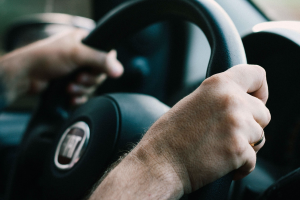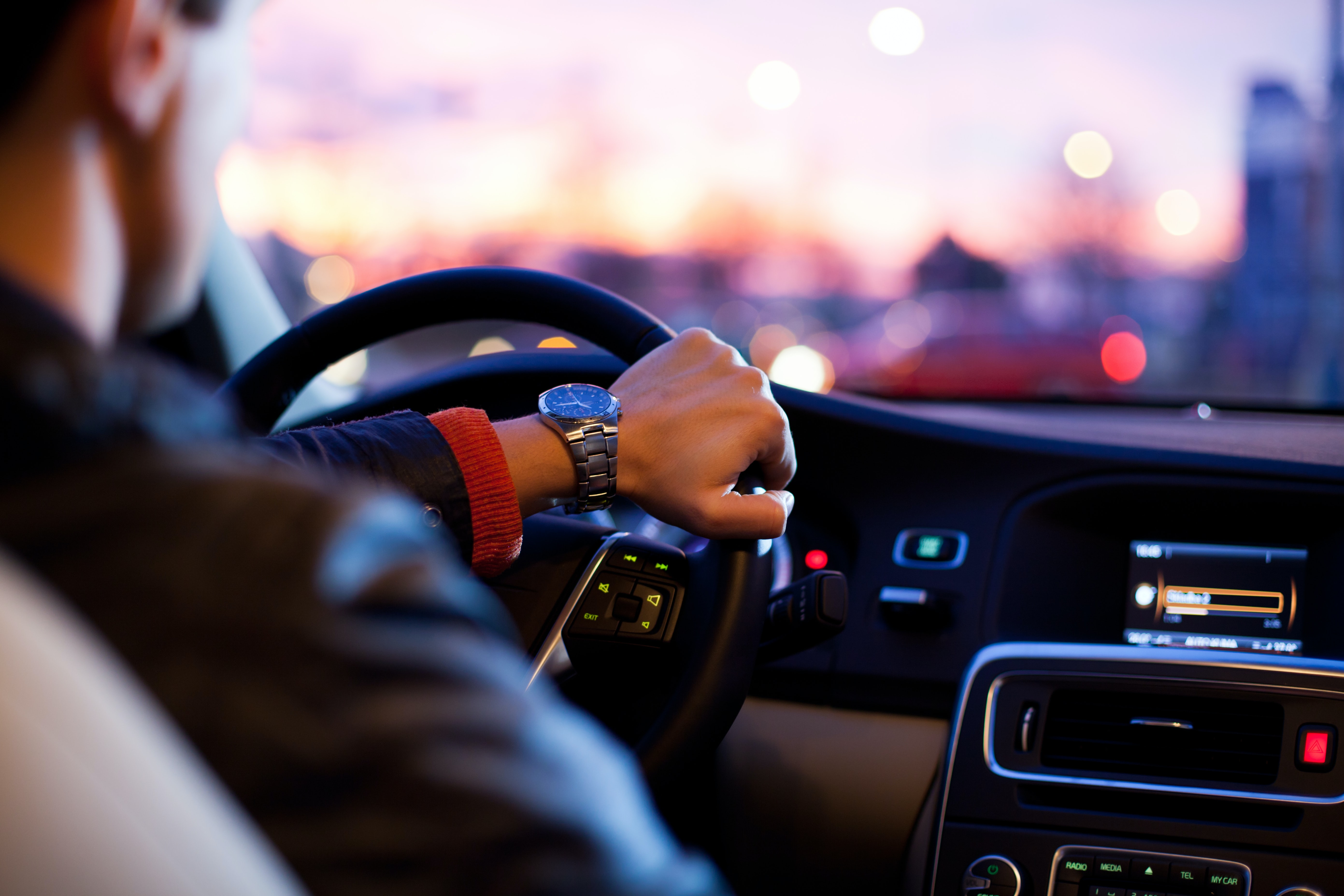When it’s time to conduct deep disinfection inside your vehicle, you’ll want to address all the surfaces that get touched, even infrequent ones like the dashboard.
We’re all washing our hands a lot more now, but how often are you disinfecting your car?
Before the pandemic, it was easy to put cleaning and disinfecting our vehicles off to another day, but disinfecting car regularly is a good habit to develop now. Aside from reducing your risk of contracting coronavirus disease (Covid-19), you’ll lower your chances of getting the flu and all the other bugs that can make you sick.
So Where Should You Start?
The best strategy has 2 parts: (1) regular “quick” disinfection sessions and (2) less frequent “deep” disinfection times. Most days, you probably don’t have time to wipe and spray your car from top to bottom, but you can take a few moments to get the highest-touch areas. That’s enough for the trips you take to work and to get groceries, but you’ll need to set aside some time for a more thorough process once every 3-4 months. A good rule of thumb is to do deep disinfection at the start of each season. That way it’s always easy to remember when you last did one, and when the next one is needed.
Before you get started, be mindful of the products you use. Not all cleaning products for car interiors are disinfectants. Cleaners only remove dirt and other debris from a surface. Disinfection is a chemical process that doesn’t require wiping.
When you are disinfecting your car, you need to give the chemicals time to stay on a surface without them being disturbed. That’s how viruses and bacteria are killed. If you just wipe a surface really quickly with a disinfectant, it won’t be too effective. You’ll clean the surface, but you won’t do much disinfection. So be sure to make surfaces look “wet” with a disinfectant—and keep it that way for the time listed on the product label. For example, most SONO Disinfecting Wipes require 4-5 minutes to kill 99.99% of viruses and bacteria.
However, all of this planning won’t help if you’re not prepared. You should keep disinfecting wipes in your vehicle, and in a place that’s easy to reach from the front seat. The center console is best because your wipes won’t be in contact with direct sunlight. Most disinfecting wipes come in containers that are resealable, so they’ll stay fresh between uses, and since you’ll be using them regularly, you don’t need to worry about any being wasted.
What are the Dirtiest Spots in Your Car?
Take a minute to think about what you touch the most outside and inside your car. These are the places you want to disinfect the most. Outside, you touch the door handles and possibly an area on the trunk or the rear hatch the most. After each trip, you should wipe these surfaces to make sure they’re disinfected, especially any areas that don’t get direct sunlight. Sunlight is very effective at killing most germs, but the inside and bottom of these handles don’t get much of it.
Inside your car, you’ll want to pay the most attention to door handles, seatbelts, the gear shifter, steering wheel, A/C controls, and radio controls. If you use a garage door opener, you’ll also want to make sure it gets disinfected regularly, too. And if there are other items you touch frequently, such as the glove box, console handle, or a push-to-start button, you’ll need to disinfect them as well.
Once you have identified the high-touch spots in your vehicle, you’ll want to disinfect them each time you come home from a trip. This will allow you to leave the surfaces “wet” when you go inside your home. If you are running multiple errands and visiting a variety of locations, you may want to disinfect these surfaces between stops.
A Closer Inspection of the Interior of Your Car
When it’s time to conduct deep disinfection inside your vehicle, you’ll want to address all the surfaces that get touched, even infrequent ones like the dashboard. Everyone sneezes from time to time when they’re driving, so all surfaces in your car can accumulate germs. Here’s a quick list of places to disinfect and important points about each one.
Steering Wheel

Every steering wheel is different, but most have some areas where dirt and dust can accumulate. You’ll need to vacuum these areas before disinfecting.
Gear Shift
Studies have shown this is one of the dirtiest areas in most vehicles. Since it gets touched almost as much as the steering wheel, be sure to make the gear shift and any buttons on it “wet” for an extended period to ensure all germs are killed.
Hand Brake
Depending on where you park, you may not use the parking brake very often. This is another area where dirt and dust can collect, so it’s worth taking extra time to vacuum before disinfecting.
Turn indicator and wiper levers – If you look at these in most vehicles, you can see dirt and grime build-up. Disinfect these surfaces after every trip to reduce the amount of germs that collect there.
Light Switches
These are usually easy to access, so you should wipe them frequently if they have regular use.
Dashboard
Since it’s hard to reach areas where the dashboard and windshield meet, a wipe is one of the best tools to use to disinfect this spot. Dust builds up on dashboards, so the more often you wipe, the easier the task will be each time.
Door Handles
This is another area where you need to disinfect frequently. Sunlight doesn’t always reach the interior handles, especially if they are inset, which means they are a perfect place for germs to thrive.
Knobs and Buttons
Some of these have tiny ridges around the edges where dirt can accumulate. You may need to take more time on buttons to ensure germs and grime are completely removed.
Cup Holders
In most cars, the cup holders can be removed. If you haven’t ever done this, you may find that drinks have spilled under them and left a mess. You’ll most likely need more than one wipe to clean these areas.
Touchscreens
You can usually see where you touch these screens the most, so be sure to wipe them with a disinfecting wipe frequently. SONO Disinfecting Wipes have been tested for use on a wide range of electronics, including touchscreens and smartphones, so you don’t have to worry about them being damaged.
Key and Remote Control Fob
Whenever you disinfect your steering wheel and other interior components, you should also spend a moment on your keys and key fob. Dirt and germs accumulate quickly on key fobs, so disinfecting them regularly.
Ignition
Some vehicles have a push-to-start button, others have a handle that twists, while some still rely on a traditional setup that uses a key. No matter which version you have, since you must touch this area every time you use your car, it should be disinfected when you arrive home from each trip.
Seat Belts and Buckles
If you’ve ever looked at an older car, you can usually see a dirty spot on the driver’s shoulder strap where it has been pulled repeatedly. Be sure to disinfect that spot since it gets touched so often. The buckles need attention as well, so focus on the stem where they connect to the floor in addition to the release button.
Seats
Most seats have adjustment knobs and levers on the sides that can attract dust and germs. And if your vehicle has leather seats, they should be disinfected as well. Cloth seats require steam or spray chemicals for disinfection, which are usually best left to a professional detailing shop.
Exterior Disinfection Considerations
The exteriors of most vehicles do not require as much attention to detail for disinfection as the interiors. However, that doesn’t mean they should be neglected. As mentioned above, there are a few areas you need to disinfect on a regular basis:
Door Handles
Door handles (including trunk or hatch handles) – Wipe exterior door handles after each trip, specifically areas that do not receive much sunlight.
Fuel Cap
If your vehicle has a door that covers the fuel cap, you’ll need to disinfect it as well as the grip on the cap.
LegalReader thanks Sono Healthcare for permission to republish this article. The original is found here.


Join the conversation!